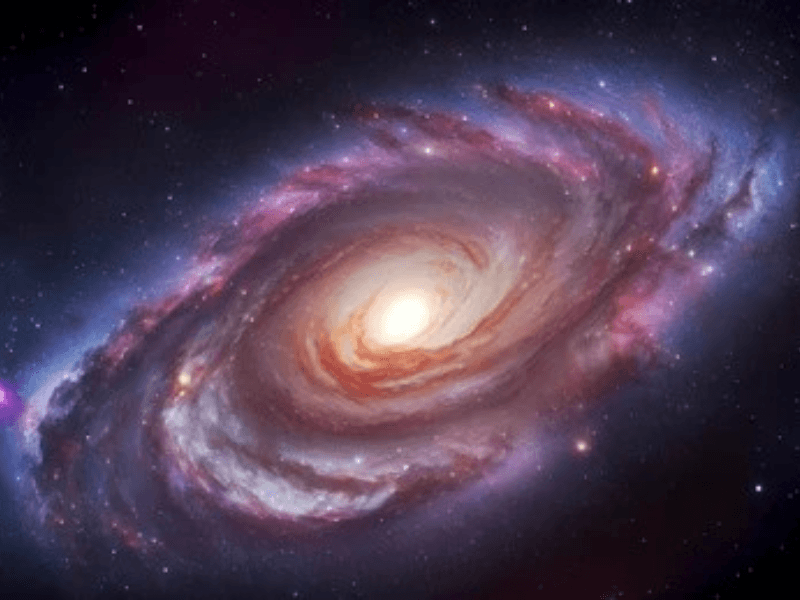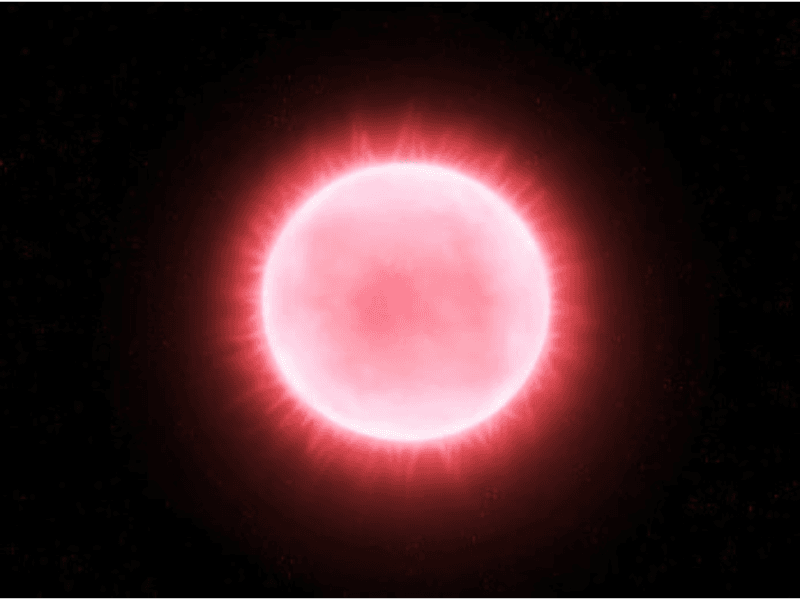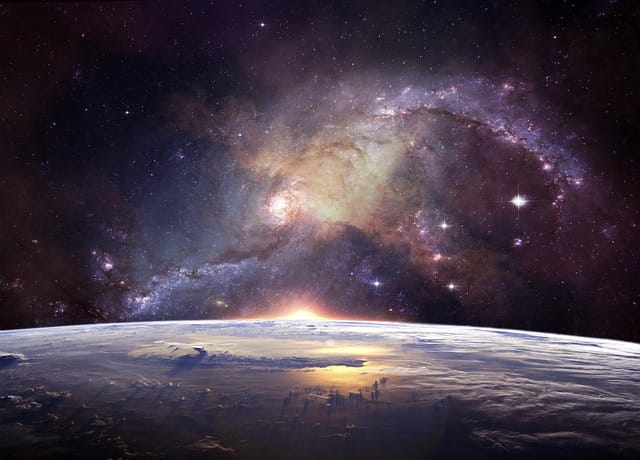Are we alone in this universe? part One
Imagine how many civilizations have come and gone in this vast universe.

Are we alone in this universe? This question is one of the most interesting and contemplative philosophical and scientific questions. Despite great advances in science and technology, there is no definitive answer yet.
When you stand under a sky full of stars, you are amazed and contemplated at the mystery and beauty that surrounds us. Thoughts of alien life wandering in the infinite space around those bright stars automatically come to your mind. Although these ideas may seem fanciful, they represent a powerful and stimulating idea for exploration and deduction.
According to some scientists, it is said that there are more stars and planets in the visible universe than there are grains of sand on Earth’s beaches. This perception reflects the enormous and infinite variety of places where life could exist. When we think about this huge number of potential planets, we realize that it opens up endless doors of possibilities and adventures.
But even if there are fewer planets, the statement still shows us the very large number of cosmic places that could be home to life. It is truly an amazing concept that sparks curiosity and contemplation. In fact, some may wonder if there is really any possibility that we are alone in this vast, mysterious universe.
This idea is not just a topic of philosophical conversation, but also a source of inspiration for scientists and researchers working hard to understand and explain extraterrestrial life. Through innovations and cutting-edge technologies, we hope to achieve one of humanity’s greatest goals: understanding our place in the universe and searching for answers about life in outer space.
Are we alone?
When we stare up at the night sky, we see an endless sea of twinkling stars. This magical landscape that surrounds us reflects only a very small part of our galaxy, the Milky Way, which is teeming with countless stars and planets. For example, the closest star to our sun, Proxima Centauri, cannot be seen with the naked eye, even though it is only about 4.24 light-years away.


In 2013, scientists estimated that there are at least a hundred billion planets in our galaxy alone. This number is considered a minimum, which means that the actual number may be much higher. In fact, astrophysicist Ethan Siegel believes the true number of planets in our galaxy may be as high as ten trillion. “I’m not counting lone planets, then,” Siegel says, referring to those that have been ejected from their planetary systems and don’t orbit any star. If we take into account these isolated planets, the number may increase by a factor of 100 or even a million, meaning there are trillions of planets in our galaxy alone.
The Milky Way
This discussion is limited only to our galaxy, the Milky Way. When we expand our view to the entire universe, we find that it contains at least 200 billion galaxies, and each galaxy is teeming with billions of stars and planets. If we assume that there are a trillion planets in each galaxy, this means that there are several trillion or even quadrillion planets in the entire universe.
Imagine this huge number of planets. Can we be alone in this endless expanse? This question provokes deep contemplation and a sense of excitement about what might be out there, in places beyond the reach of our current vision, waiting to be discovered.
Are there habitable planets?
These astonishing numbers are truly astonishing. However, even if there are billions of planets in the universe, it is not certain that all of them are capable of supporting life as we know it. Many of these planets may be too hot or too cold, may be gas planets or not be stable enough to support life as we know it.
However, we know from life on Earth that life is able to thrive in unconventional environments. For example, scientists have discovered life forms such as lichens and tube worms in extreme places on Earth, such as under Antarctic ice shelves. This opens the door to the possibility that different forms of life exist in diverse environments on other planets.
However, when it comes to intelligent life, the question becomes more complex. It is not known exactly how intelligence arises and how it develops over time. On Earth, it took billions of years for an intelligent life form, such as humans, to emerge. However, this does not necessarily mean that long life is the general rule. Perhaps modern humans are a unique case, perhaps not. Scientists simply don’t know.
Are there intelligent civilizations?
In addition, we must take into account that intelligent civilizations may face multiple difficulties that affect their survival. Intelligent civilizations may collapse due to climate change, war, or even natural events such as meteor impacts. So, although life may originate and evolve on many planets,
Intelligent civilizations may not survive for long. Studies such as those carried out by astronomers at the University of Nottingham,
The existence of intelligent civilizations in our galaxy provides an interesting look at the possibilities for life in the universe. Although these discoveries are exhilarating,
However, it still requires continuous study and analysis to ensure its validity and better understanding.


Our Milky Way Galaxy
These diverse and astonishing numbers truly raise eyebrows and open the door to amazing ideas. If the odds are that there are at least 36 intelligent civilizations in our Milky Way Galaxy alone,
Can we assume that we are alone in this universe? It seems statistically impossible. As we observe the planets and stars around us, we witness many fascinating manifestations of the formation processes of planets and star systems.
Through the Atacama Large Millimeter/Submillimeter Array, consisting of 66 radio dishes,
We’re taking a fresh look at the birth process of the solar system,
The young star HL Tauri appears surrounded by a protoplanetary disk. Although the age of this star does not exceed one million years,
However, we do see indications of the presence of planets in the dust disk surrounding it. This suggests the presence of young planets forming around the young star, raising questions about the evolution of life in their young star systems.
As we enter a new era of space exploration,
Scientists hope that the James Webb Space Telescope will help open a new window on other planets. Thanks to his superior abilities,
Are we alone in this universe
The telescope can search for biosignatures in other planetary atmospheres.
Such as the presence of oxygen, which may reveal the presence of life on those planets. These efforts represent an important step toward our understanding of the existence of extraterrestrial life, and their impact on our view of the origin of life and its place in the universe.
So, as we navigate the depths of space and continue to explore its mysteries,
The day may come when we get clear answers to one of humanity’s biggest questions:
References:
A Torn-Up Star is Revealing The Intensity of a Supermassive Black Hole’s Gri
